This is Part 2/2 of our series on the role of International Business Development executives. For Part 1, click here.
We recently met a company in the flower business. The company has developed a substance that makes certain plants and flowers glow in the dark in assorted colors. They did some basic research on the U.S. market and they understand the pricing, logistics, and supply chain needed. However, their business model has yet to be clarified – is this company in the flower business, selling glowing flowers? Or are they a chemical company, selling chemicals to flower growers? The need for their potential products exists, but the availability is in question because the product has not yet been defined. Until they clearly define the business model, it will be hard for anyone to help them effectively. This strategic decision will have a defining impact on the economic future of their development in the U.S.
As a logical step in business development, companies often attend trade shows or conferences in the U.S., only to realize how different the market for their products in the United States really is. This was the case for a manufacturer of sanitary wipe dispensers for men’s restrooms. The company exhibited at a trade show for sanitary products in Chicago. The initial goal was to target spas, health centers, and similar businesses. However, discussions with visitors seem to indicate that one of the ways to break into the market could be by working with producers of sanitary consumables, especially paper. This company needs to readjust its business development strategy, and eventually negotiate with one of these paper companies, who are the more viable customers.
Another company specializes in wood pieces in spiral designs that can be used in furniture, stairs, and balconies. As a first step, the CEO decided to attend the High-End Furniture Luxury Fair (“ICFF”). The ICFF is a show for finished furniture manufacturers. It turns out that based on our initial research, the company would be considered in the U.S. as a supplier of wood components to OEMs or furniture makers. That category distinction may not exist in Europe. We suggested that the company refocus their business development strategy specifically on supplying wood components. The need in the U.S. might be structured differently than it is in Europe, which means that the nature of new potential customers would need a new approach accordingly.
Working with all these different companies and many more, it seems to me that the role of an International Business Development executive is essentially to explore new opportunities wherever they are by doing the necessary groundwork to “find customers who have a need for a product or services at a price that is available in their market”. This executive’s challenge is to identify markets where the company’s mission can be fulfilled, through a business development strategy that considers all aspects of the unfamiliar environment. It is like being a shadow of the CEO in a new country.
From what I’ve learned working with our diverse clients, a business development executive turns the CEO’s vision into a reality in new markets. He must understand the mission and objectives of the company before using the five elements above and adapting them to the specific country’s market. That may sound obvious, but the sad reality is that most of companies tend to skip many steps in the preparation for market entry in a new country. Executives that I’ve seen succeed in new markets have spent considerable time balancing and adapting their strategy around customers, need, products and services, price, and availability to fit the targeted market.
For all these reasons, I believe that the role of a Business Development executive in any organization is different from Sales. I’d like to see Sales and Marketing departments work closely with Business Development during the strategic analysis process of a market, long before the company becomes directly involved in the market.
References:
European Healthcare Distribution Association
I found myself thinking about this question while working on a project that involved researching senior leadership in large companies. I had trouble answering the question, because I’ve always thought of Business Development as essentially the same function as Sales. Several of my friends who recently graduated from college have job titles like “Business Development Representative”, and yet their activities are identical to that of a Salesperson. What I have seen firsthand in my experience with over fifty projects is quite different.
As discussed in my last post, companies should consider basing their business development on
“finding customers who have a need for a product or services at a price they can afford that is available in their market”.To illustrate my point, let’s use some real-life examples.
A digital communications company has identified targets for their business development in the United States. They developed a tool that makes websites more visually accessible to people with disabilities, including Parkinson’s, dyslexia, and partial blindness. With a good understanding of their market at home, they asked us to conduct a search for the best match for their product in the U.S. We found that the Americans with Disabilities Act (“ADA”), which requires businesses to accommodate people with disabilities, made our job easier because we could reach out to organizations with a strong interest in complying with ADA. After a round of few phone calls, more potential customers than we could think of, thanks to ADA, showed interest with a need for the company’s product.
Another company, in the transportation sector, gave us a detailed profile to identify potential partners for them in the U.S. and other countries. Their objective was very clear: to identify partners who could use their design specifications to locally produce and sell electric buses in the market. Thanks to a detailed profile and information package, we have been able to quickly identify three potential partners (customers) from three different countries outside of the U.S and engage in active discussions. Working with a such well-prepared client makes our job of finding potential customers much easier.
In contrast, a manufacturer of orthopedic slippers established a warehouse in the suburbs of Chicago and hire a full-time employee to make “cold calls” to pharmacies and shoe stores to generate business. Without any prior business development analysis, the company purchased a list of U.S. pharmacies to call, starting in August 2016. Since that time, the company’s operations are running with no sales yet. Furthermore, we noticed that the slippers’ packaging and labeling might be suited to the European market but not really adapted to the U.S. consumers.
The company’s market approach in the U.S. is based on a prior experience in Lithuania. The CEO was told that pharmacies in Lithuania did not sell orthopedic slippers. After three years of cold calls, Lithuania is now one of the company’s biggest markets. Lithuania has approximately 1,400 pharmacies in the country (European Healthcare Distribution Association) while the United States has around 67,000 (SK&A). By neglecting to conduct a minimum of market analysis, the Company assumed that the same need that existed in Europe would exist in the U.S. – and that the same business development strategy would bring sales. This approach may prove to be very expensive and risky for the business.
Read part 2 here! I explore how trade shows, conferences, and a clear understanding of the market fit into a company’s business development strategy!
I’m starting a column. To be more accurate, I’m starting a journal – a collection of posts functioning as a journey through the world of international business. My posts will feature case studies of our clients, lessons from doing business in different countries, industry trends, and global market developments. My goal is to shine a spotlight on what I’m learning about international business at FB International LLC in short and accessible stories.
I’ve been working at FB International since September 2016, as Marketing Associate. I knew that there would be any number of topics in which I was unfamiliar. I was prepared to “drink from the firehose”. Still, nothing prepared me for the day-to-day learning and vast knowledge required to work in international business.
Here’s why:
Our company helps businesses expand to new countries through market entry strategy, matchmaking, and overall business development activities. In short, we help companies go global. Did you hear me mention a specific industry sector or type of company that we focus on? No? That’s because we work in many industry sectors with companies and government agencies from literally around the world.
In my eight months here, I’ve worked with and met executives from Hungary, England, Bulgaria, Romania, Croatia, France, Lebanon, Turkey, Canada, and of course, the U.S. We have also clients in Spain, Portugal, Morocco, India and Brazil, with prospects in Algeria and Saudi Arabia. I’ve explored industries from food production (can you say pure honey?) to the Internet of the Things (the future is here!) to products that educate using robotics (beep beep).
I want to share my experiences with you from my non-technical, curious perspective. I hope you’ll find my journey in international business interesting, and look forward to reading your reactions while I’ll be writing these blog posts based on what I find interesting and relevant. We have a framework that my boss, Fabrice, likes to use when we look at the big picture:
“Find customers who have a need for a product or services at a price they can afford that is available in their market.”
What exactly does this sentence mean? That’s a great question – and I’m still figuring out the answer! The sentence illustrates, in bold, some of the key elements to prepare for when doing international business. I’ll make frequent references to this magic sentence as I share my exploration of the world of international business with you.
For now what I know is that international business is not for lazy minds; it requires a lot of homework, and success depends on one’s level of preparation and planning.
Thanks for reading – check back soon for my next post!
Metro Chicago Exports is “an unprecedented collaboration between the seven counties in Northeastern Illinois (Cook, DuPage, Kane, Kendall, Lake, McHenry and Will) and the City of Chicago to increase exports from small and medium-sized companies and to support regional job growth.” This program offers grants and resources to companies in Northeastern Illinois to export their goods and services.
Before exporting, consider whether your company is ready to export:
If you have considered these questions and are ready to export, apply to the Metro Chicago Exports program before May 26th!
However, if you feel like you are not quite ready to export, or want to learn more, feel free to fill out our free self-assessment. This extensive assessment is designed specifically to help companies evaluate, internally, the readiness of your company to do business abroad.
Contact us today!
It’s that time of year again – South by Southwest in Austin, Texas. Founded in 1986, SXSW was primarily intended to be a venue to showcase new, local music – as well as forward-looking technologies and ideas. We know of five Hungarian companies visiting SXSW this year, and we’re excited to see what they do in the U.S! You can find them on Sunday March 12th, in the Startup section – booths #1725, #1727, and #1729.
Interested in an introduction to one of these companies? Contact us by clicking here

Picturio is a smart photo organizing software that uses machine learning to help you speed up the process of choosing the best photos from a large batch. We tried the software using event photos from our recent trip to Budapest – and it worked great!
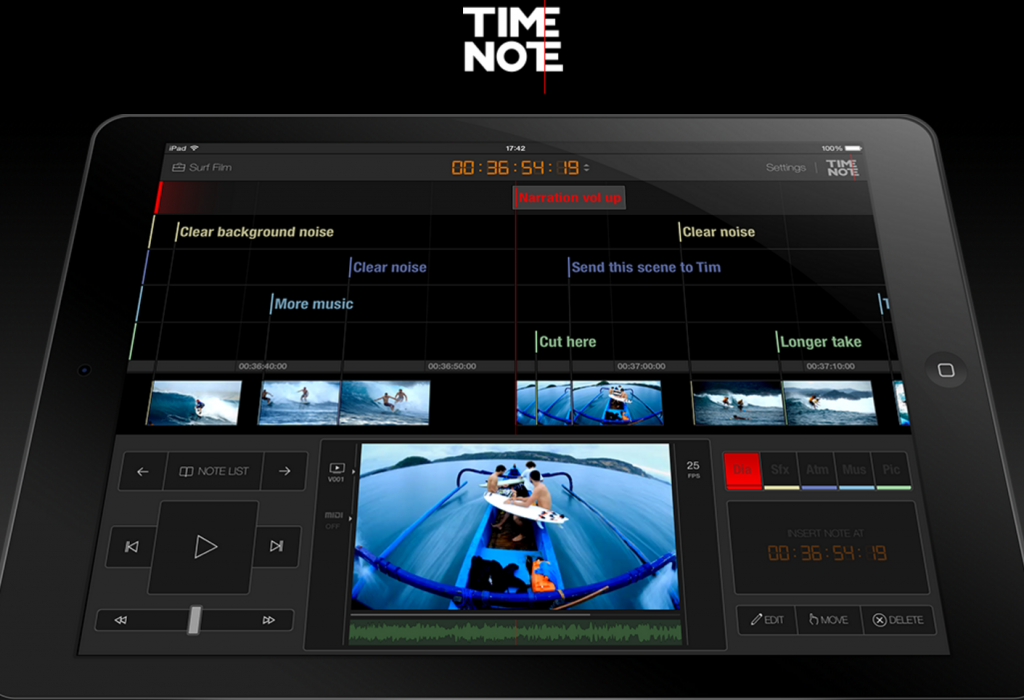
Rarelines Inc. has developed TimeNote, an application for iPads that allows users to create text-annotations throughout an audio or media file. The interface is incredibly intuitive and makes editing interviews, music, and more so much easier.
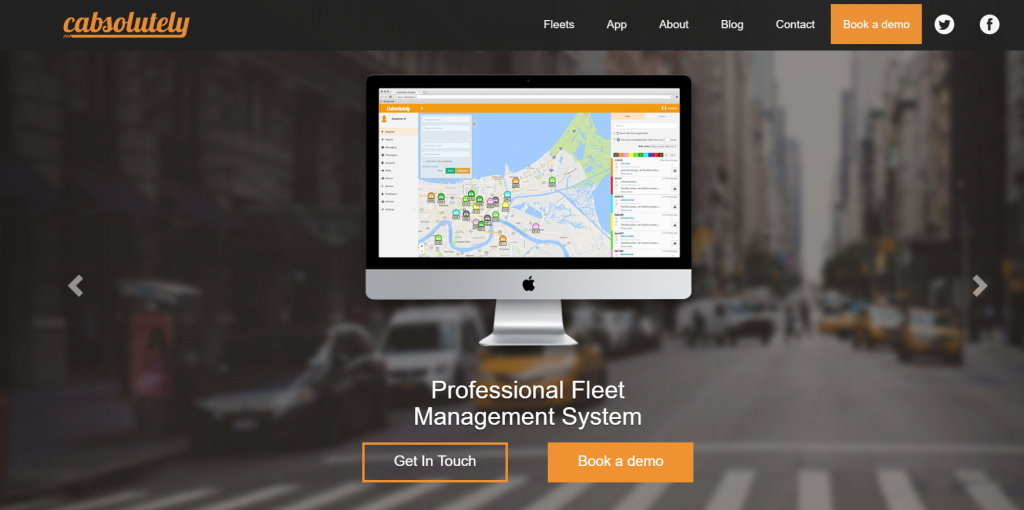
Cabsolutely is a dispatch system for taxis. They have an application for drivers and fleet management software for dispatchers. With existing fleets in Oklahoma and Nashville, Cabsolutely is able to fit the needs of large, complex taxi systems in the United States.

Be-novative’s platform is an online space for creative professionals to collaborate, host workshops, and exchange notes. The platform makes remote collaboration more efficient and structured.
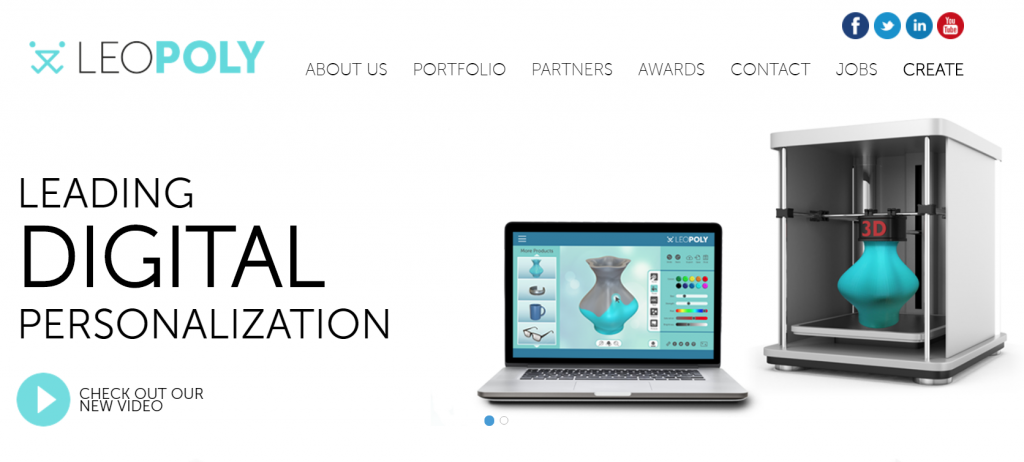
We had an opportunity to visit Leopoly’s offices in Budapest last month, and we were not disappointed:
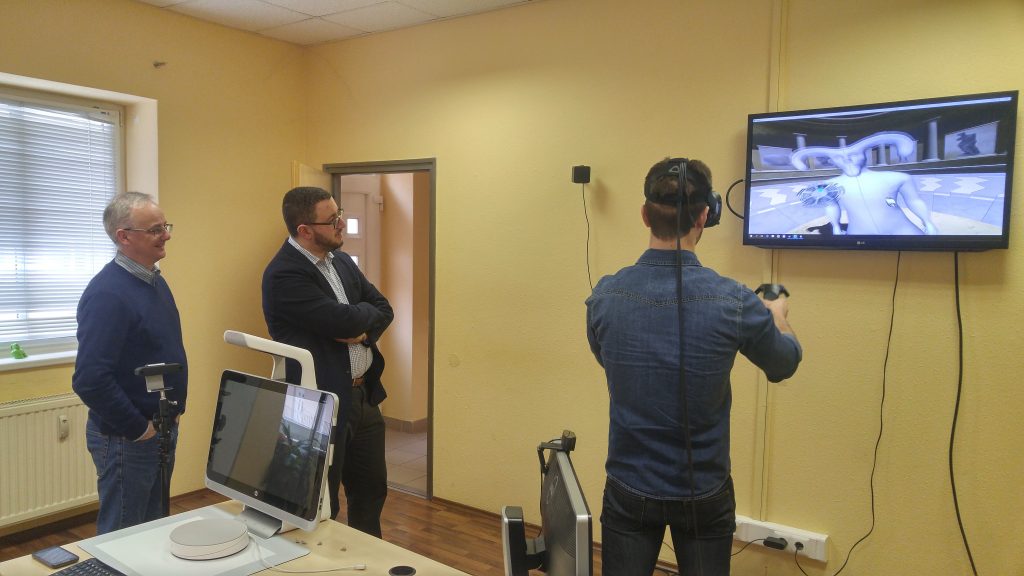
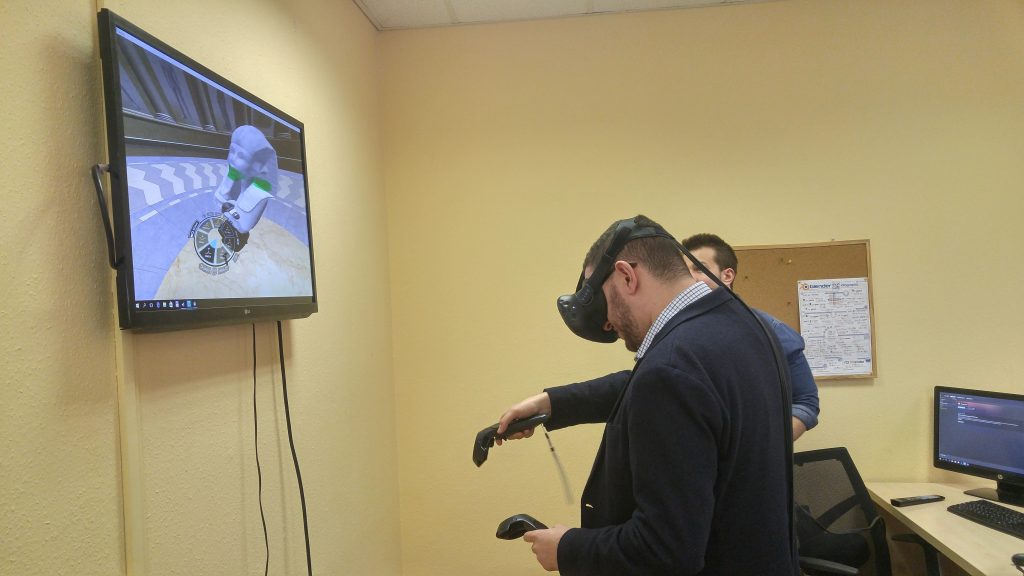
Leopoly has created a 3D design software that makes product and object design accessible to a much wider audience. Our Marketing Associate Noah has no experience in product design, and he was comfortable in shaping several different types of objects using Leopoly’s system. We used their virtual reality system, but Leopoly also offers a computer software that only requires a mouse.
Company Name:
Furmint USAIndustry:
WinesCompany Profile:
Furmint is a wine manufacturer and seller. They produce high-quality wines from the Tokaj and Csopak regions of Hungary, areas known for their history and rich lands. The company is named after the “furmint” grape, which has been used for centuries to make Hungarian wine.Looking to Work With:
Retailers and distributors.What They Can Offer:
Delicious wines at affordable prices from a unique, exclusive region of Hungary.How to Get in Touch:
Contact Noah Feingold, Marketing Associate at FB International LLC, at nfeingold@fbintllc.com or 312-236-5555.
Furmint USA is a partner of the Hungarian National Trading House, which is represented by FB International LLC.
Learn more about how we can make your
market development a success, in the U.S. or in another country.